Sindrome Uremico Hemolitico, Revisión de un Fenómeno Inmunológico Infeccioso y sus Repercusiones Clínicas
Resumen
El síndrome urémico hemolítico (SUH) es un síndrome clínico caracterizado por la tríada de microangiopatía trombótica, trombocitopenia y lesión renal aguda. El síndrome urémico hemolítico representa un grupo heterogéneo de trastornos con etiologías variables que dan lugar a diferencias en la presentación, el tratamiento y el resultado. En los últimos años, una mejor comprensión de los SUH, especialmente aquellos debidos a mutaciones genéticas en la vía alternativa del complemento, han proporcionado una actualización en la terminología, clasificación y tratamiento de la enfermedad. Esta revisión proporcionará la clasificación actualizada de la enfermedad y los enfoques diagnósticos y terapéuticos actuales sobre el SUH mediado por el complemento además del SHU asociado a E. Coli, que es la causa más común de SUH.
Descargas
Citas
http://dx.doi.org/10.1016/j.semarthrit.2013.11.004.
Nester CM, Thomas CP. Atypical hemolytic uremic syndrome: what is it, how is it diagnosed, and how is it treated? Hematology Am Soc Hematol Educ Program. 2012;2012:617–25.
Cataland SR, Wu HM. Atypical hemolytic uremic syndrome and thrombotic thrombocytic purpura: Clinically differentiating the thrombotic microangiopathies. Eur J Intern Med. 2013;24:486–91. http://dx.doi.org/10.1016/j.ejim.2013.05.007.
Noris M, Remuzzi G. Hemolytic uremic syndrome. J Am Soc Nephrol. 2005;16:1035–50.
http://dx.doi.org/10.1681/ASN.2004100861.
Besbas N, Karpman D, Landau D, et al.European Paediatric Research Group for SHU A classification of hemolytic uremic syndrome and thrombotic thrombocytopenic purpura and related disorders. Kidney Int. 2006;70:423–31. http://dx.doi.org/10.1038/sj.ki.5001581.
Loirat C, Frémeaux-Bacchi V. Atypical hemolytic uremic syndrome. Orphanet J Rare Dis. 2011;6:60.
http://dx.doi.org/10.1186/1750-1172-6-60.
Salvadori M, Bertoni E. Update on hemolytic uremic syndrome: diagnostic and therapeutic recommendations. Worl J Nephrol. 2013;6:56–76. http://dx.doi.org/10.5527/wjn.v2.i3.56.
Loirat C, Fakhouri F, Ariceta G, et al. An international consensus approach to the management of atypical hemolytic uremic syndrome in children. Pediatr Nephrol. 2015. Apr 11, [Epub ahead of print] http://dx.doi.org/10.1007/s00467-015-3076-8
Tarr PI, Gordon CA, Chandler WL. Shiga-toxin producing Escherichia coli and hemolytic uremic syndrome. Lancet. 2005;365:1073–86. [PubMed] [Google Scholar]
Ruggenenti P, Remuzzi G. A German outbreak of hemolytic uremic syndrome. Lancet. 2011;378:1057–8. http://dx.doi.org/10.1016/S0140-6736(11)61217-8
Robert Koch Institut Final presentation and evaluation of epidemiological findings in the EHEC O104:H+ outbreak Germany 2011; September 2011; Available from:
http://www.rki.de/EN/Home/EHECfinalreport.pdf. Erişim tarihi: Erişim tarihi: 03.03.2015.
Elliott EJ, Robins-Browne RM, O’Loughlin EV, et al. Nationwide study of haemolytic uraemic syndrome: clinical, microbiological, and epidemiological features. Arch Dis Child. 2001;8:125–31. http://dx.doi.org/10.1136/adc.85.2.125.
Fernández C., F. (2024). Determinación De Erodabilidad En Áreas De Influencia Cuenca Poopo Región Andina De Bolivia. Horizonte Académico, 4(4), 63–78. Recuperado a partir de
https://horizonteacademico.org/index.php/horizonte/article/view/19
Piercefield EW, Bradley KK, Coffman RL, Mallonee SM. Hemolytic Uremic Syndrome after an Escherichia coli O111 Outbreak. Arch Intern Med. 2010;170:1656–63.
http://dx.doi.org/10.1001/archinternmed.2010.346.
Tozzi AE, Caprioli A, Minelli F, et al. Shiga toxin-producing Escherichia coli infections associated with hemolytic uremic syndrome, Italy, 1988–2000. Emerg Infect Dis. 2003;9:106–8.
http://dx.doi.org/10.3201/eid0901.020266.
Bhimma R, Rollins NC, Coovadia HM, Adhikari M. Post-dysenteric hemolytic uremic syndrome in children during an epidemic of Shigella dysentery in Kwazulu/ Natal. Pediatr Nephrol. 1997;11:560–4. http://dx.doi.org/10.1007/s004670050338
Bell BP, Goldoft M, Griffin PM, et al. A multistate outbreak of Escherichia coli O157:H7-associated bloody diarrhea and hemolytic uremic syndrome from hamburgers. The Washington experience. JAMA. 1994;272:1349–53. http://dx.doi.org/10.1001/jama.1994.03520170059036
Baque Fienco , S. M., Plúa Cárdenas, D. F., Choez Mero , C. J., Choez Lourido , W. S., & Parrales Cantos , G. N. (2024). Planificación y Control Técnico del Proceso Constructivo de una Residencia Aplicando la Normativa Ecuatoriana. Estudios Y Perspectivas Revista Científica Y Académica , 4(1), 2011–2030. https://doi.org/10.61384/r.c.a.v4i1.163
Vaillant V, Espié E, de Valk H, et al. Undercooked ground beef and person-to-person transmission as major risk factors for sporadic hemolytic uremic syndrome related to Shiga-toxin producing Escherchia coli infections in children in France. Pediatr Infect Dis J. 2009;28:650–3.
http://dx.doi.org/10.1097/INF.0b013e318199373
Ulinski T, Lervat C, Ranchin B, Gillet Y, Floret D, Cochat P. Neonatal hemolytic uremic syndrome after mother-to-child transmission of Escherichia coli O157. Pediatr Nephrol. 2005;20:1334–5.
http://dx.doi.org/10.1007/s00467-005-1871-3
Noris M, Mescia F, Remuzzi G. E. COLI-SHU, atypical SHU and TTP are all diseases of complement activation. Nat Rev Nephrol. 2012;8:622–33. http://dx.doi.org/10.1038/nrneph.2012.195
TrachMATn H, Austin C, Lewinski M, Stahl RA. Renal and neurological involvement in typical Shiga toxin-associated SHU. Nat Rev Nephrol. 2012;8:658–69.
http://dx.doi.org/10.1038/nrneph.2012.196
McLaine PN, Rowe PC, Orrbine E. Experiences with SHU in Canada: what have we learned about childhood SHU in Canada? Kidney Int Suppl. 2009;112:S25–8.
http://dx.doi.org/10.1038/ki.2008.614
Medina Nolasco, E. K., Mendoza Buleje, E. R., Vilca Apaza, G. R., Mamani Fernández, N. N., & Alfaro Campos, K. (2024). Tamizaje de cáncer de cuello uterino en mujeres de una región Andina del Perú. Arandu UTIC, 11(1), 50–63. https://doi.org/10.69639/arandu.v11i1.177
Gerber A, Karch H, Allerberger F, Verweyen HM, Zimmerhackl LB. Clinical course and the role of shiga toxin-producing Escherichia coli infection in the hemolytic-uremic syndrome in pediatric patients, 1997–2000, in Germany and Austria: a prospective study. J Infect Dis. 2002;186:493–500. http://dx.doi.org/10.1086/341940
Kielstein JT, Beutel G, Fleig S, et al. Best supportive care and therapeutic plasma exchange with or without eculizumab in Shiga-toxin-producing E. coli O104:H4 induced haemolytic-uraemic syndrome: an analysis of the German E. COLI-SHU registry. Nephrol Dial Transplant. 2012;27:3807–15. http://dx.doi.org/10.1093/ndt/gfs394
Johnson S, Taylor CM. Hemolytic uremic syndromes. In: Avner ED, Harmon WE, Niaudet P, Yoshikawa N, editors. Pediatric Nephrology. 6th ed. Berlin-Heidelberg: Springer-Verlag; 2009. pp. 1155–80. http://dx.doi.org/10.1007/978-3-540-76341-3_48
de Buys Roessingh AS, de Lagausie P, Baudoin V, Loirat C, Aigrain Y. Gastrointestinal complications of post-diarrheal hemolytic uremic syndrome. Eur J Pediatr Surg. 2007;17:328–34.
http://dx.doi.org/10.1055/s-2007-965013
Askiti V, Hendrickson K, Fish AJ, Braunlin E, Sinaiko AR. Troponin I levels in a hemolytic uremic syndrome patient with severe cardiac failure. Pediatr Nephrol. 2004;19:345–8.
http://dx.doi.org/10.1007/s00467-003-1343-6.
Scheiring J, Andreoli SP, Zimmerhackl LB. Treatment and outcome of Shiga-toxin-associated hemolytic uremic syndrome (SHU) Pediatr Nephrol. 2008;23:1749–60.
http://dx.doi.org/10.1007/s00467-008-0935-6.
Lapeyraque AL, Malina M, Fremeaux-Bacchi V, et al. Eculizumab in severe Shiga-toxin-associated SHU. N Engl J Med. 2011;364:2561–3. http://dx.doi.org/10.1056/NEJMc1100859.
Garg AX, Suri RS, Barrowman N, et al. Long-term renal prognosis of diarrhea-associate haemolytic uraemic syndrome. A systemic review, meta-analysis and metaregression. JAMA. 2003;290:1360–70. http://dx.doi.org/10.1001/jama.290.10.1360.
Sellier-Leclerc AL, Fremeaux-Bacchi V, Macher MA, et al. Differential impact of complement mutations on clinical characteristics in atypical hemolytic uremic syndrome. J Am Soc Nephrol. 2007;18:2392–400. http://dx.doi.org/10.1681/ASN.2006080811.
Noris M, Caprioli J, Bresin E, et al. Relative role of genetic complement abnormalities in sporadic and familial aSHU and their impact on clinical phenotype. Clin J Am Soc Nephrol. 2010;5:1844–59. http://dx.doi.org/10.2215/CJN.02210310.
Geerdink LM, Westra D, van Wijk JA, et al. Atypical hemolytic uremic syndrome in children: complement mutations and clinical characteristics. Pediatr Nephrol. 2012;27:1283–91.
http://dx.doi.org/10.1007/s00467-012-2131-y.
Dragon-Durey MA, Loirat C, Cloarec S, et al. Anti-factor H autoantibodies associated with atypical hemolytic uremic syndrome. J Am Soc Nephrol. 2005;16:555–63.
http://dx.doi.org/10.1681/ASN.2004050380.
Kavanagh D, Goodship T. Genetics and complement in atypical SHU. Pediatr Nephrol. 2010;25:2431–42. http://dx.doi.org/10.1007/s00467-010-1555-5
Caprioli J, Noris M, Brioschi S, et al. Genetics of SHU: the impact of MCP, CFH, and IF mutations on clinical presentation, response to treatment, and outcome. Blood. 2006;108:1267–79.
http://dx.doi.org/10.1182/blood-2005-10-007252%3e
Loirat C, Noris M, Fremeaux-Bacchi V. Complement and the atypical hemolytic uremic syndrome in children. Pediatr Nephrol. 2008;23:1957–72. http://dx.doi.org/10.1007/s00467-008-0872-4
Kavanagh D, Kemp EJ, Mayland E, et al. Mutations in complement factor I predispose to development of atypical hemolytic uremic syndrome. J Am Soc Nephrol. 2005;16:2150–5.
http://dx.doi.org/10.1681/ASN.2005010103.
Frémeaux-Bacchi V, Miller EC, Liszewski MK, et al. Mutations in complement C3 predispose to development of atypical hemolytic uremic syndrome. Blood. 2008;112:4948–52.
http://dx.doi.org/10.1182/blood-2008-01-133702.
Roumenina LT, Frimat M, Miller EC, et al. A prevalent C3 mutation in aSHU patients causes a direct C3 convertase gain of function. Blood. 2012;119:4182–91.
http://dx.doi.org/10.1182/blood-2011-10-383281
Roumenina LT, Jablonski M, Hue C, et al. Hyperfunctional C3 convertase leads to complement deposition on endothelial cells and contributes to atypical hemolytic uremic syndrome. Blood. 2009;114:2837–45. http://dx.doi.org/10.1182/blood-2009-01-197640.
Delvaeye M, Noris M, De Vriese A, et al. Thrombomodulin mutations in atypical hemolytic-uremic syndrome. N Engl J Med. 2009;361:345–57. http://dx.doi.org/10.1056/NEJMoa0810739.
Dragon-Durey MA, Sethi SK, Bagga A, et al. Clinical features of anti-factor H autoantibody-associated hemolytic uremic syndrome. J Am Soc Nephrol. 2010;21:2180–7.
http://dx.doi.org/10.1681/ASN.2010030315.
Noris M, Remuzzi G. Atypical hemolytic-uremic syndrome. N Engl J Med. 2009;361:1676–87.
http://dx.doi.org/10.1056/NEJMra0902814.
Legendre CM, Licht C, Muus P, et al. Terminal complement inhibitor eculizumab in atypical hemolytic-uremic syndrome. N Engl J Med. 2013;368:2169–81.
http://dx.doi.org/10.1056/NEJMoa1208981.
Silva Becerra , F. (2024). El contexto de la micropolítica que estructura el grupo institucional en la escuela. Emergentes - Revista Científica, 4(2), 74–102. https://doi.org/10.60112/erc.v4i2.131
Taylor CM, Machin S, Wigmore SJ, et al. Clinical practice guidelines for the management of atypical haemolytic uraemic syndrome in the United Kingdom. Br J Haematol. 2010;148:37–47. http://dx.doi.org/10.1111/j.1365-2141.2009.07916.x.
Tiboni Kaiut, R. K., Spercoski Kaiut, A. F., & Agrela Rodrigues, F. de A. (2024). Yoga - Memória, Foco e Concentração . Revista Científica De Salud Y Desarrollo Humano, 5(1), 96–107. https://doi.org/10.61368/r.s.d.h.v5i1.78
Loirat C, Niaudet P. The risk of recurrence of hemolytic uremic syndrome after renal transplantation in children. Pediatr Nephrol. 2003;18:1095–101. http://dx.doi.org/10.1007/s00467-003-1289-8.
Vargas, J. (2023). Educational Transformation: Exploring Self-Directed English Learning through Language Reactor and Netflix. Revista Veritas De Difusão Científica, 4(1), 68–95. https://doi.org/10.61616/rvdc.v4i1.38
Derechos de autor 2024 Andres Bautista Duque , Fredy Jordy Lizarazo Davila, María Josse Osorio corzo, Valentina María Movilla Mogres , Luisa Fernanda Morales Guerra , Angelly Cortes-Hinestroza , Paola Andrea Torres Ortiz , Luisa Fernanda Montes Hoyos

Esta obra está bajo licencia internacional Creative Commons Reconocimiento 4.0.

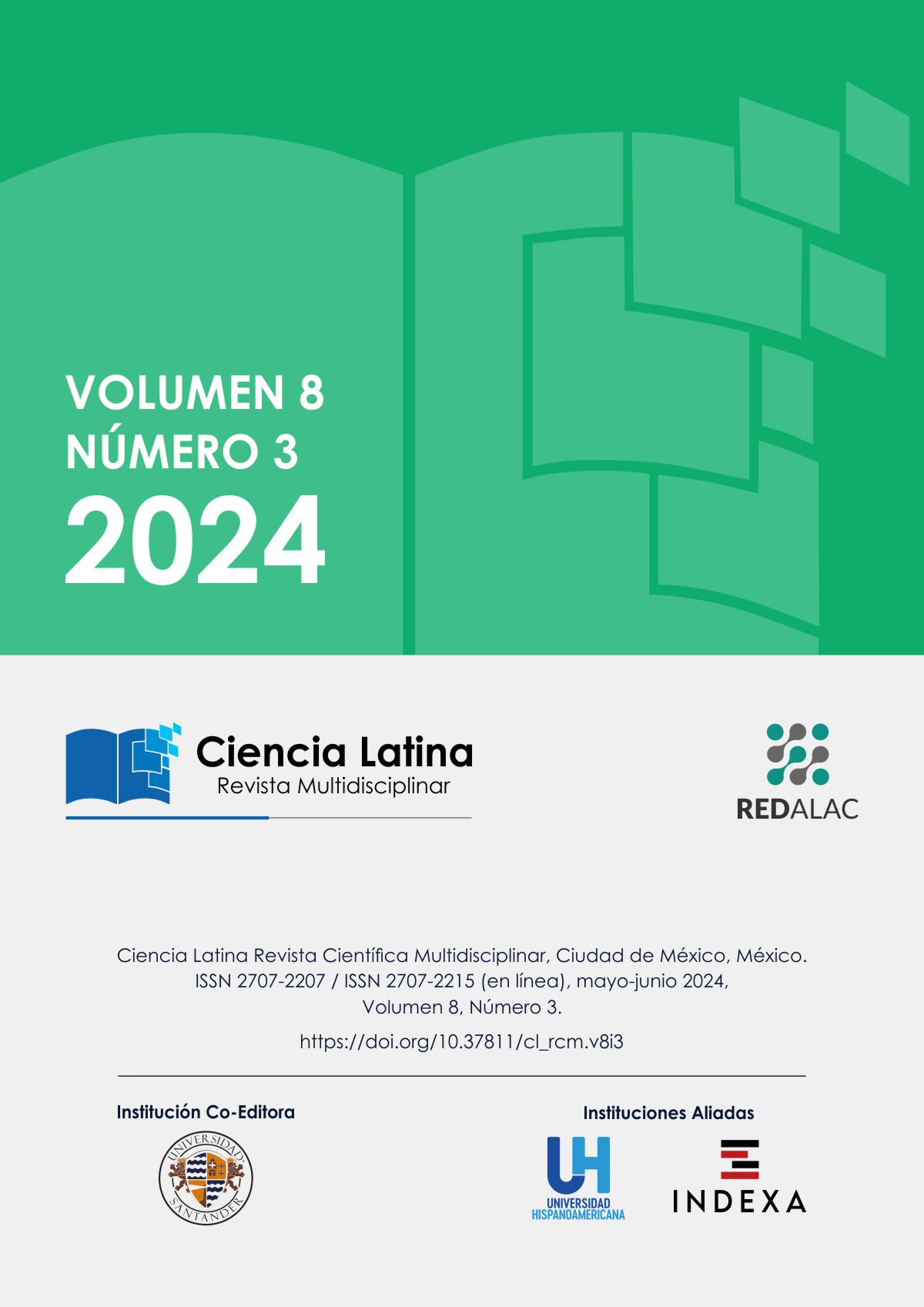








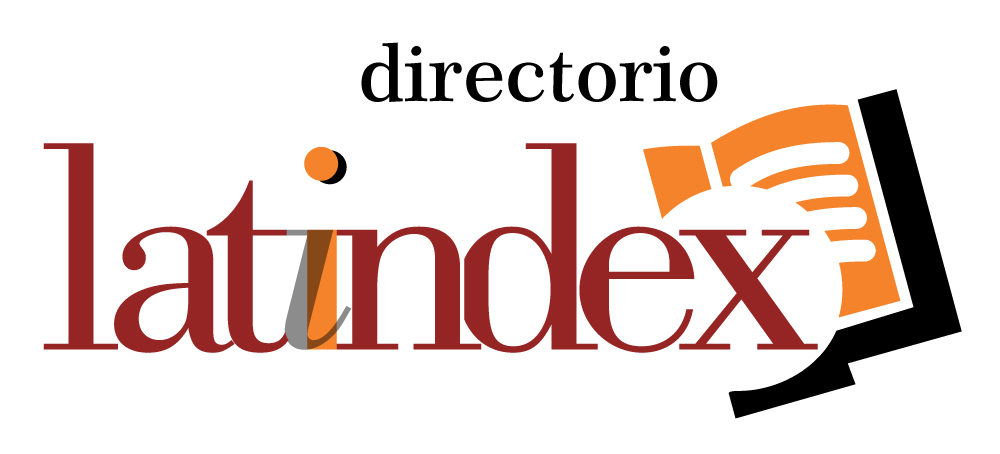
.png)
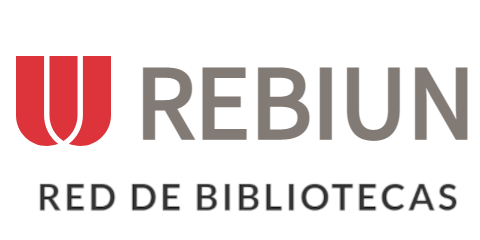







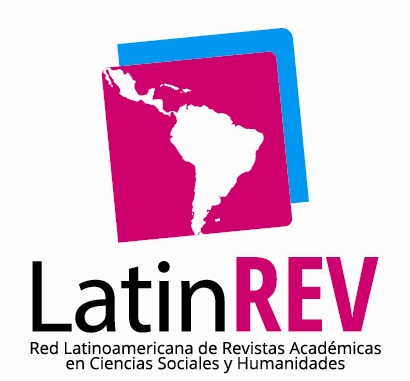

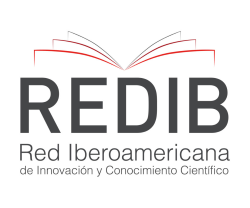


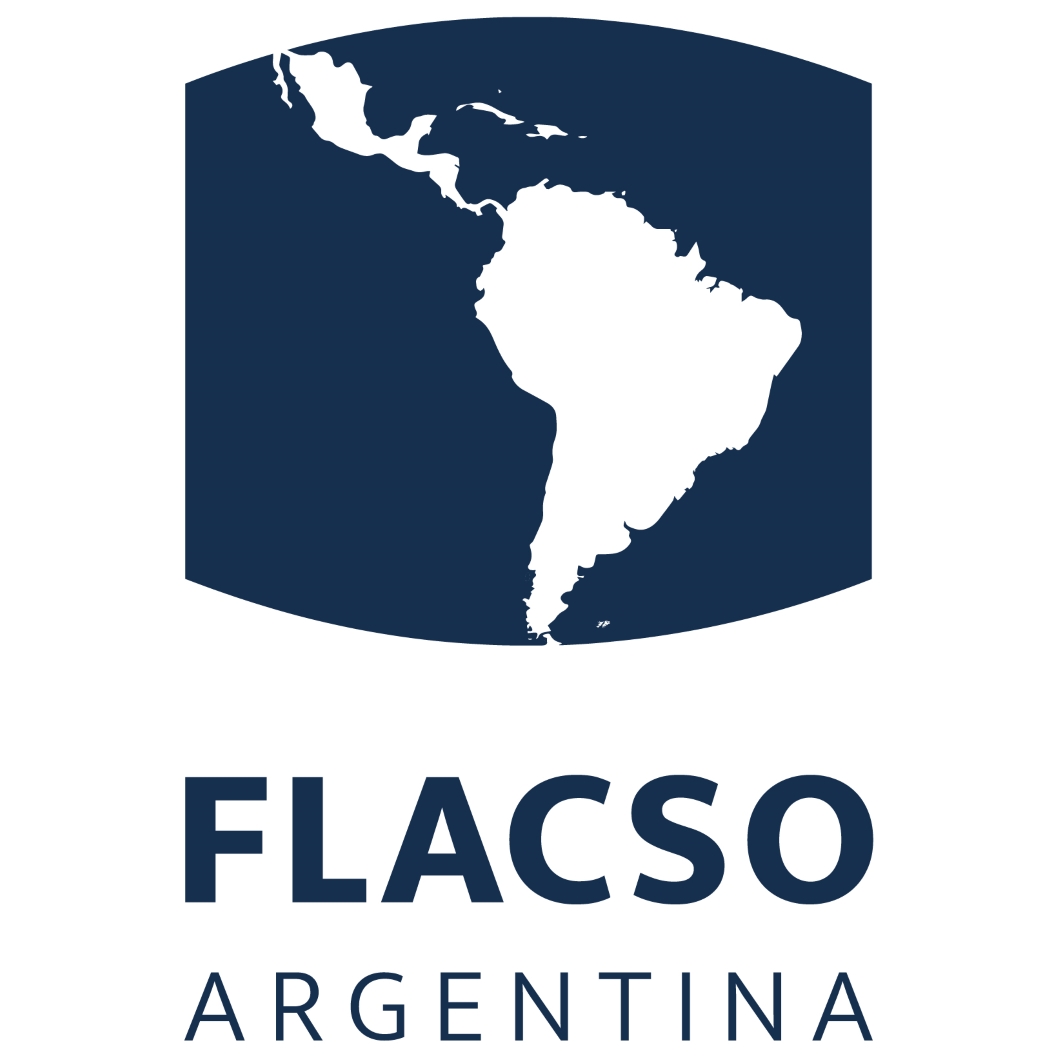






.png)
1.png)


